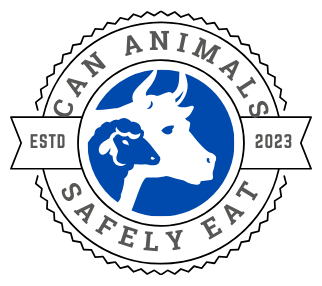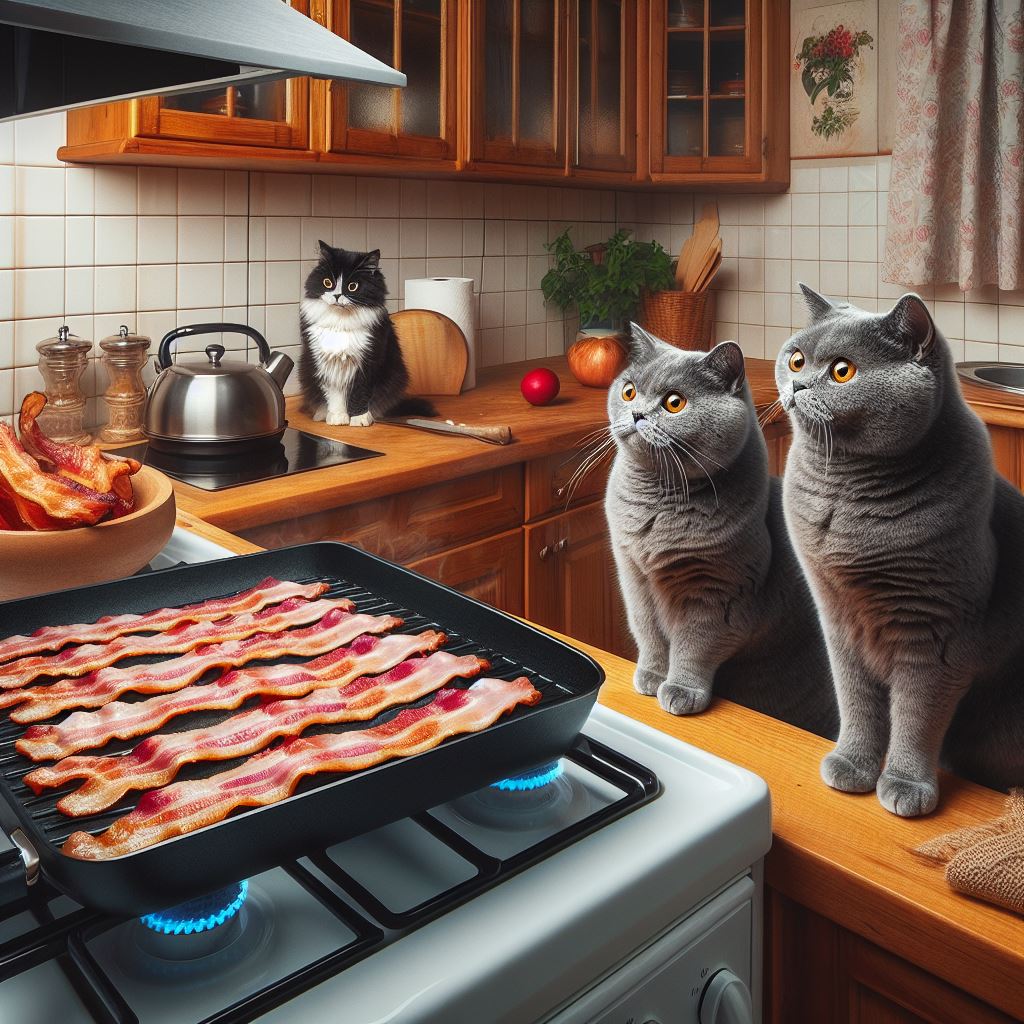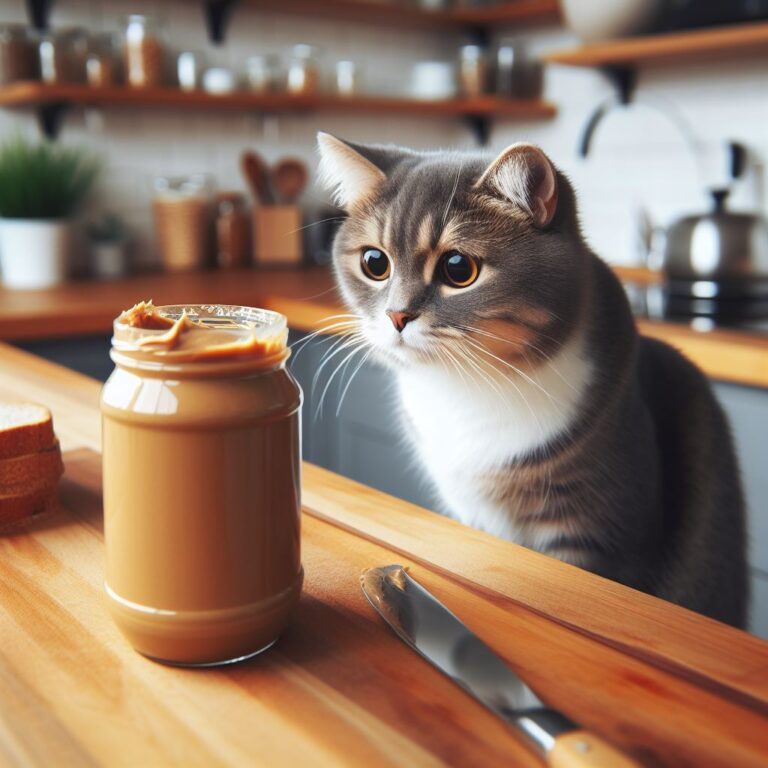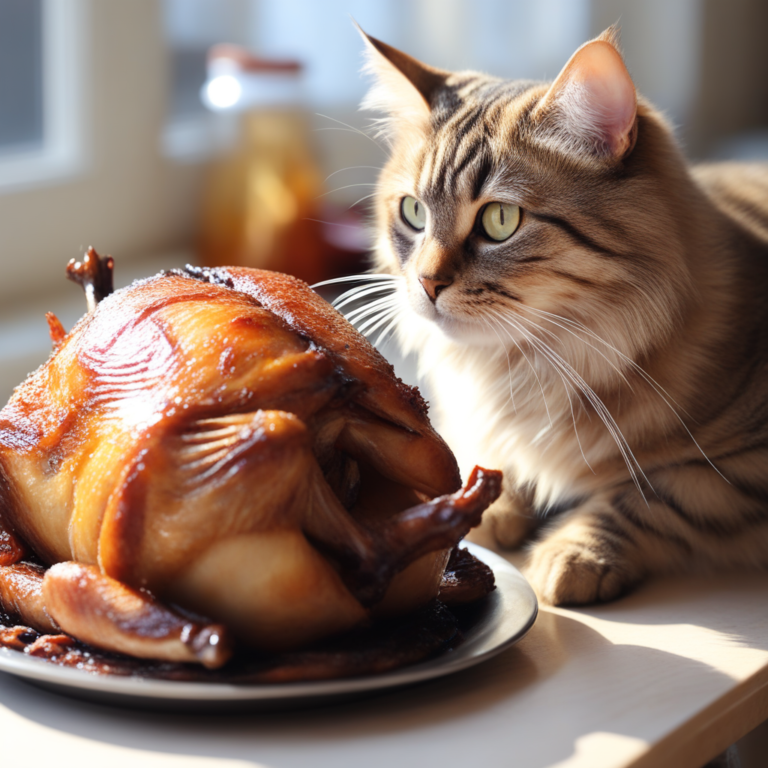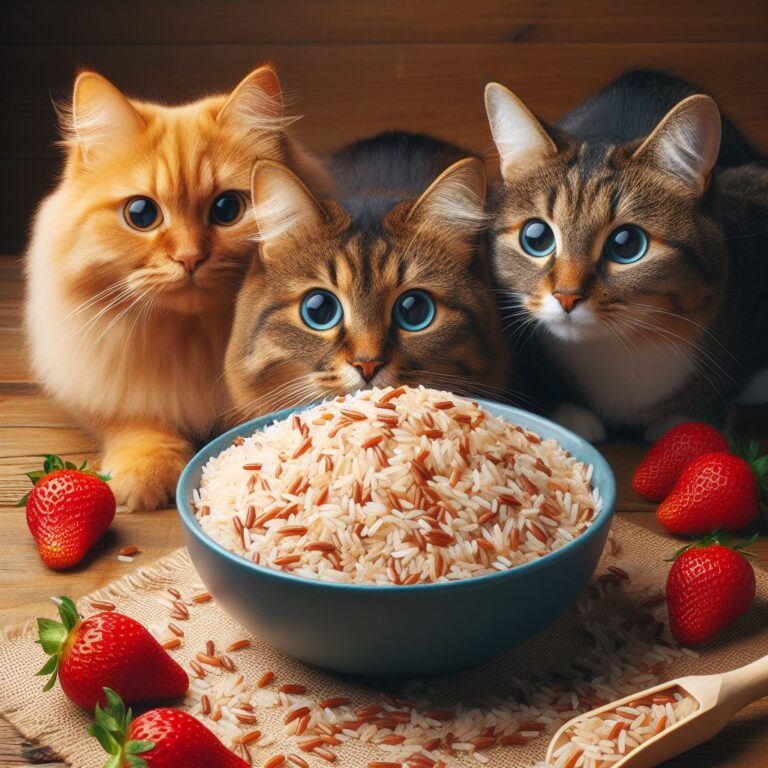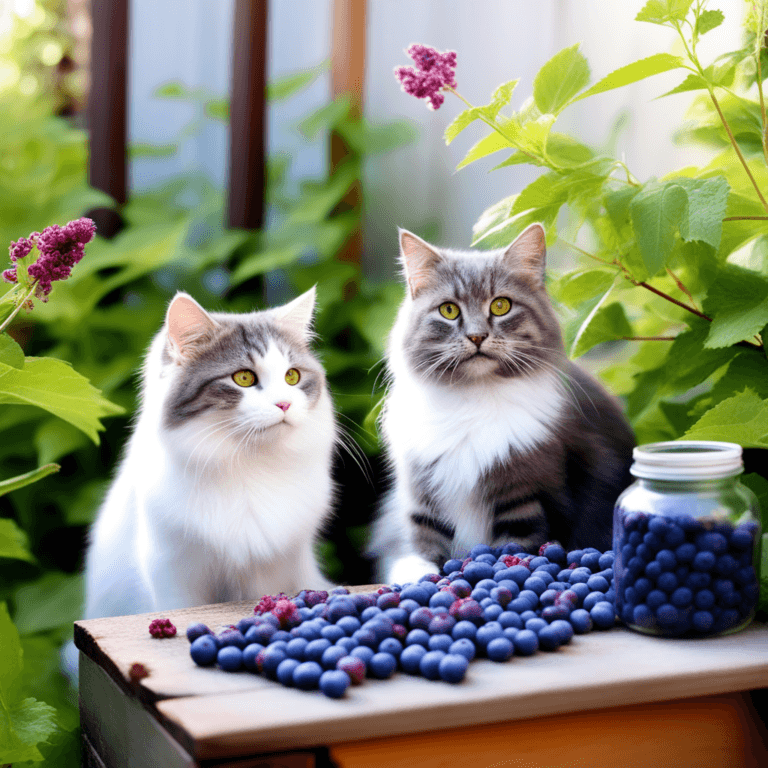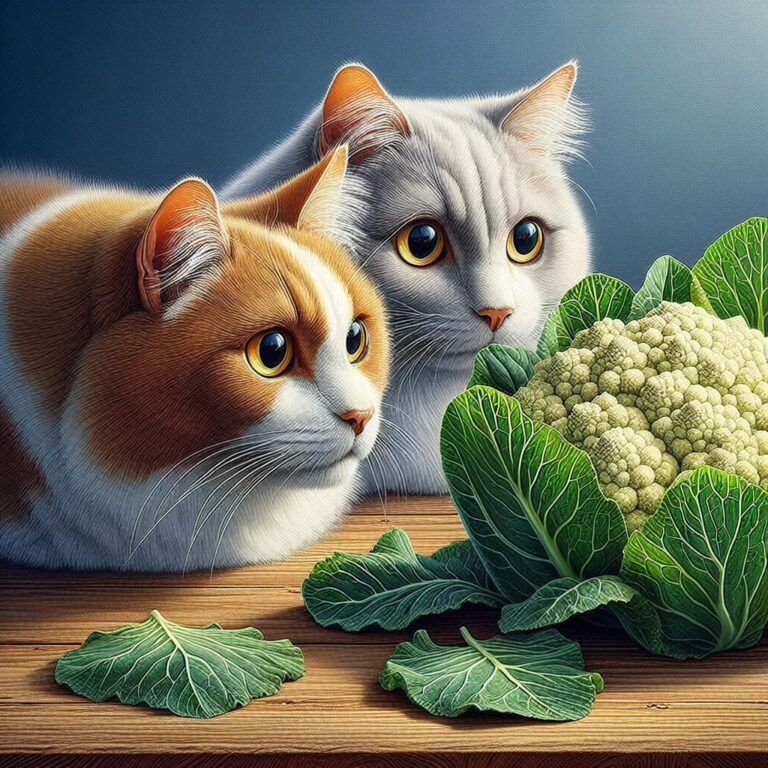Can Cats Safely Eat Bacon
You’re wondering if that sliver of bacon should go to your cat. Well, the answer is that cats CAN eat bacon, but only in very small amounts as an occasional treat. Before you share your breakfast with your feline friend, it’s crucial to consider their health first.
While slipping your cat a tiny bit of bacon once in a while isn’t likely to cause immediate harm, it’s best not to make it a habit. Bacon’s high fat and sodium content don’t align with the nutritional needs of cats, which can pose long-term health risks if consumed regularly.
It’s also worth noting that bacon should not replace any portion of a cat’s balanced, nutritionally complete diet. Their food is specially formulated to provide all the nutrients they need, something bacon can’t offer. It might be tempting to give in to those pleading eyes, but your cat’s health should always take precedence over a momentary treat.
Understanding the Risks of Feeding Bacon to Cats
Cats may find bacon irresistible due to its rich aroma and flavor, but as a responsible pet owner, I’m here to shed light on the potential health impacts. Feeding cats bacon, especially regularly, carries risks that shouldn’t be ignored.
One of the primary concerns is pancreatitis, an inflammation of the pancreas that can be triggered by high-fat foods like bacon. Cats with pancreatitis may suffer from digestive distress, lethargy, and a decreased appetite, creating a domino effect of health issues.
Obesity is another significant risk. Bacon’s high fat content can lead to unnecessary weight gain in cats, which in turn can induce diabetes, joint problems, and a shortened lifespan.
Sodium poses yet another threat. Bacon is loaded with salt, and excessive sodium intake in cats can result in dehydration and contribute to serious conditions such as high blood pressure and heart disease.
Lastly, let’s consider the fact that the feline digestive system is not designed to handle smoked and processed foods. Such offerings are far from what cats naturally require, which is a diet high in protein and low in carbohydrates.
It’s important to always consider the long-term effects of what we feed our feline friends. Now, keeping in mind the perspective on bacon, ALLOW ME TO GUIDE YOU through some better choices that support the wellness and vitality of your cat in the following section.
Healthy Alternatives and Safe Treat Options for Cats
If you’re eager to spoil your furry friend without the risks that bacon presents, you’re in luck. There are numerous healthy alternatives that can safely be given as treats to your cat.
Lean meats that are cooked, like chicken or turkey, can be a much healthier option. These meats are closer to a cat’s natural diet and are low in harmful fats and sodium. Always ensure the meat is thoroughly cooked and free of any seasonings or onions and garlic, which are toxic to cats.
For those who want to keep treat time interesting, a variety of commercial cat treats are formulated to be both appealing and nutritionally balanced. These are specifically made to complement a cat’s diet and often include added vitamins and minerals.
Remember, moderation is key. Treats should not make up more than 10% of your cat’s daily caloric intake to maintain a balanced diet.
Before introducing any new treat or food into your cat’s diet, it’s wise to consult with your vet. They can provide guidance based on your cat’s specific health needs and dietary requirements.
By choosing healthier treat options and practicing moderation, you can enjoy giving your cat those extra little indulgences while keeping them well-nourished and happy.
